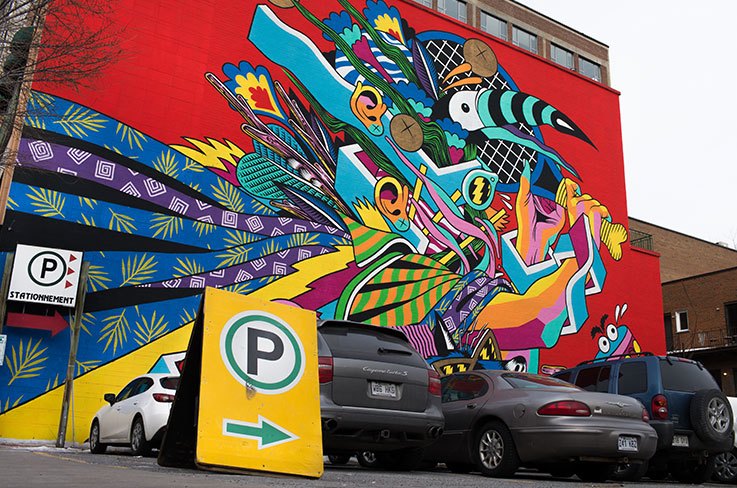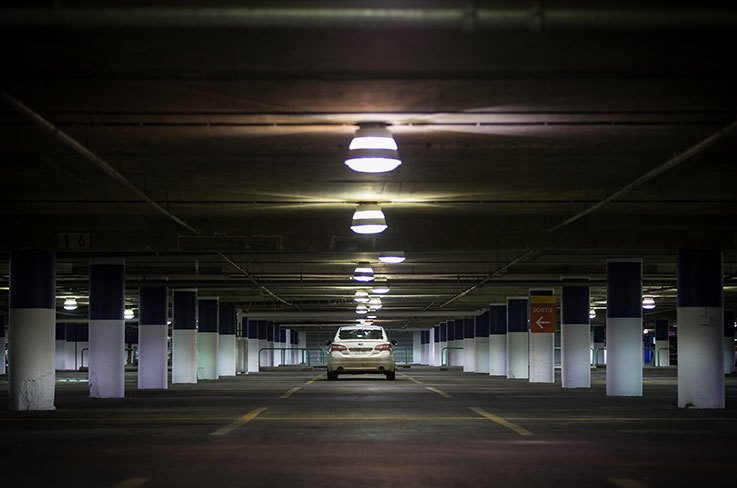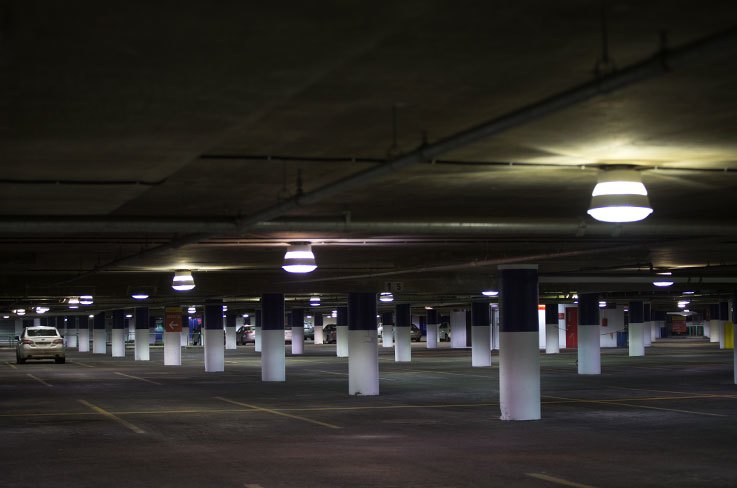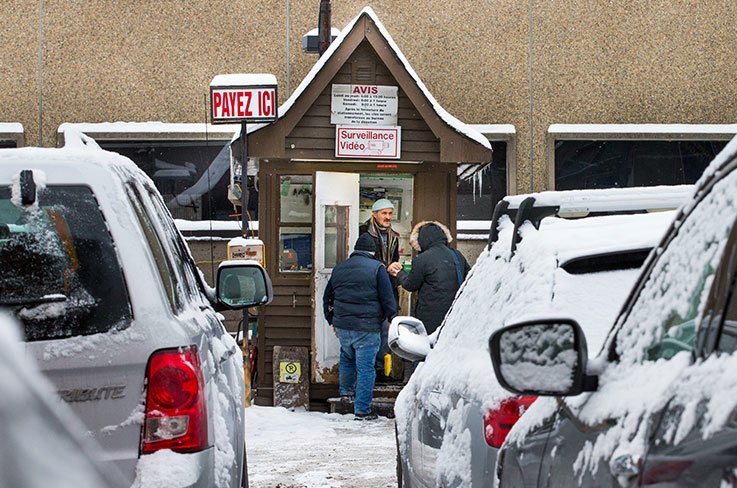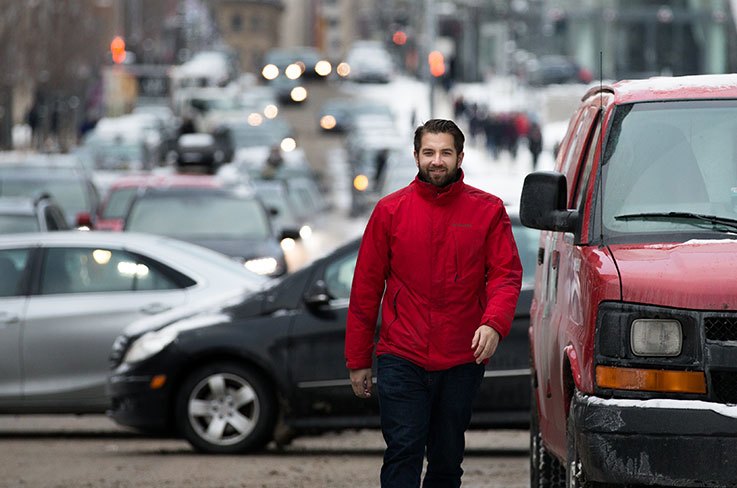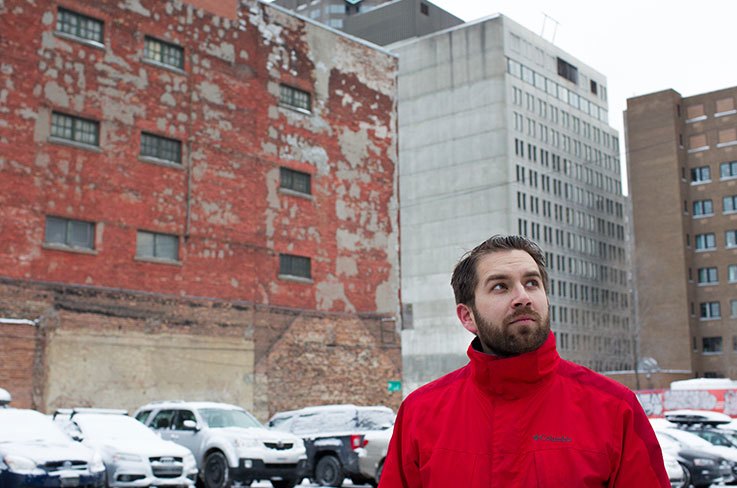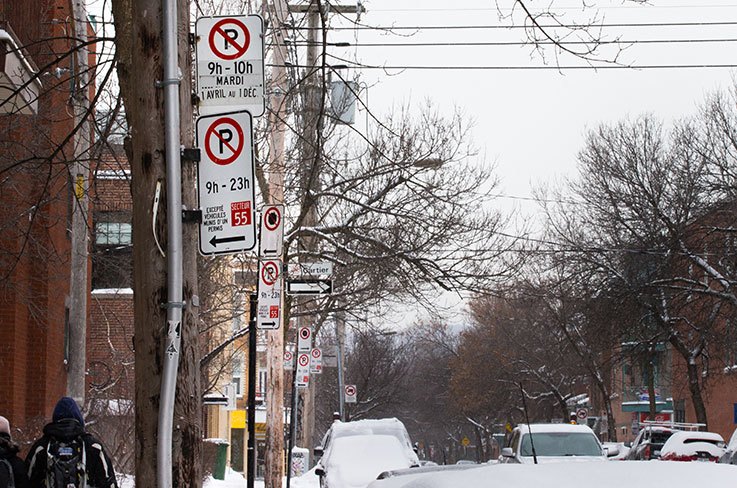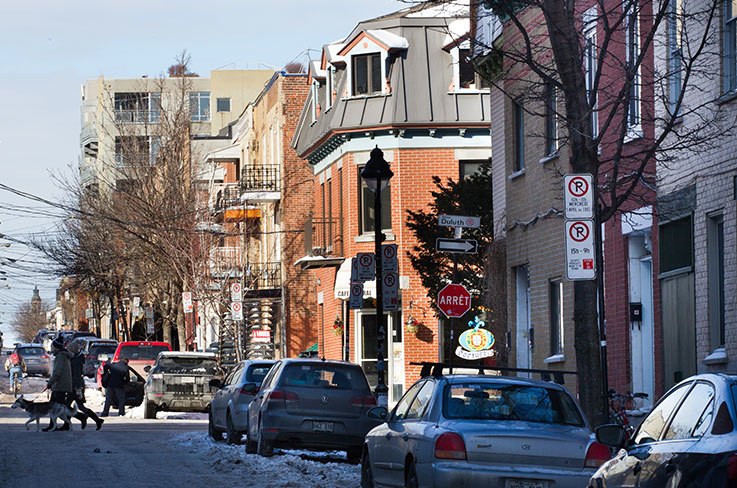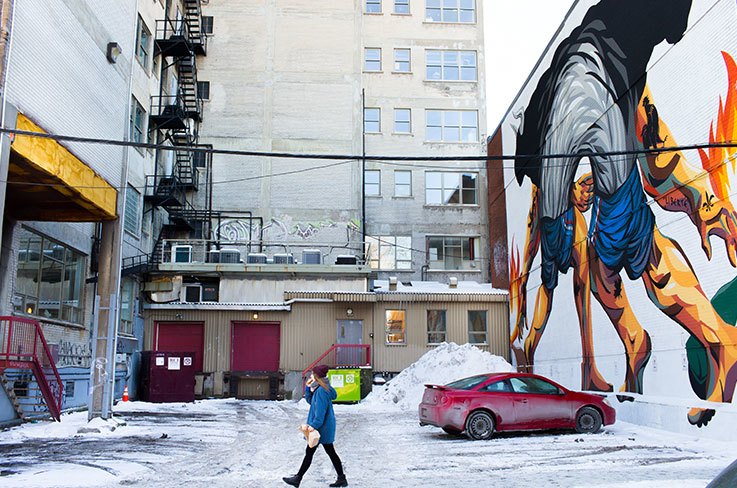Future Perfect
No More Bumper to Bumper!
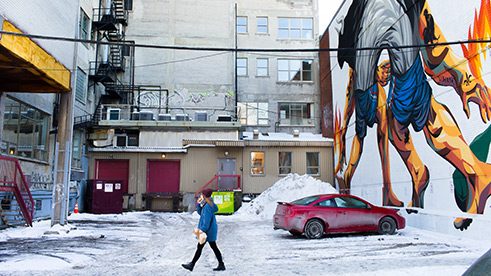
The parking problem in Montreal can no longer be solved by additional parking spaces, the independent organization CRE-Montréal is convinced. It proposes that politicians find an intelligent and sustainable management plan for parking spaces.
There are different prices from district to district, a variety of signs and toll stickers and an increasing amount of traffic in the city centre as drivers hunt for parking spaces. The parking predicament in Montreal is frequently chaotic.
In December 2015 Montreal Mayor Denis Coderre announced a new policy concerning parking. It seeks to integrate technical progress and is in line with the core principles of sustainable development. Last such policies in this vein date back to 1995! The concept suggests efficient supply management, real-time information concerning free parking spaces and simplified parking regulations. The public transportation network for metro and bus, but also for pedestrians and cyclists, should be improved. The document is not short of good ideas that will be submitted to Montreal residents for consideration in winter 2016.
Pedestrian zones instead of parking spaces
The Conseil régional de l’environnement de Montréal (CRE-Montréal, translates into Regional Council for the Environment of Montreal) happily awaits the newly considered political vision for solving the parking dilemma in the metropolis. The council is an independent non-profit organization that calls for sustainable development in the Montreal region. Félix Gravel is responsible for campaigns relating to transportation, greenhouse gas emissions and for the CRE’s regional planning. The urban planner previously worked for the city of Montreal before becoming a “free member, a leading figure for change.” For him, the new vision illustrates the influence of 21st-century politics and the influence that CRE-Montréal can have in political debates and with policy makers.However, he admits that the financial means of his organization are somewhat limited, and much inferior to those of it its critics. Car manufacturers and trade associations are often publicly still very much advocates of the idea “no parking, no business.” Nevertheless, his suggestions for improvements and those of his colleagues are being discussed at length and are being acknowledged by the media. “We try to give out a loud and clear message,” emphasizes the activist.
And the number of cars in Montreal keeps growing. According to statistics, one out of two adults in Montreal owns a car. In the suburbs nearly every adult has a car. The CRE suggests different innovative solutions that have thus far enjoyed less popularity: main commercial streets should be transformed into pedestrian zones, streetcars should be reintroduced, car sharing should be expanded upon and more options should be provided for cyclists. In addition, the CRE would like to introduce sensors that alert drivers when parking spaces become free and encourage the re-evaluation of public spaces.
Félix Gravel and his team also follow developments abroad. As a result, in previous years they have invited “the best people from the region and abroad who are known for their creative and futuristic ideas” to visit Montreal, including Catherine Trautmann, the former town mayor of Strasbourg, and Timothy Papandreou, a director at San Francisco Municipal Transportation. Both are leaders in sustainable transportation and city planning.
Free parking has its price
The CRE has summarized its proposals for solving the parking problem in two publications that have given the political authorities food for thought. With the study Pour une connaissance et une gestion renouvelée du stationnement (“For awareness and a new type of management of parking”) and the guidelines Le stationnement: un outil incontournable de gestion de la mobilité et de l’aménagement durables (“Parking: an indispensible tool in sustainable mobility management and city planning”), the organization hopes to put an end to old habits and myths – for instance, drivers’ sense of entitlement to a free parking spot, in any place and at any time.Félix Gravel quotes the American scientist Donald Shoup, a luminary in sustainable city planning. He talks of the “high price of free parking.” Shoup laments a “dogmatic attitude” which seems to expect that if more parking spaces were conjured, as if by magic, it would be the answer to all problems. “The demand for free parking spaces is the pinnacle of miscomprehension, as this dilemma is much more complex than that”, Gravel agrees. This approach has failed to be the solution in any city. One of the direst examples of this is Los Angeles. Even the city centres of Buffalo and Winnipeg are half-occupied by parking spaces. In Montreal, parking space occupies 40 hectares, which is 8 percent of the area reserved for parks. A vast increase in heat islands has been observed and the standard of living in highly populated parts of the city has been compromised. At the same time, pedestrians and cyclists are considered a nuisance by drivers.
Félix Gravel thus finds that “the status quo is unsustainable.” He hopes that one day, parking lots can be abolished “without any fuss.” He dreams “that Montreal will allow itself more high-quality public areas, with more trees, sidewalks, bike paths and cafés with terraces.” Gravel's greatest dream is to stop the automobile from being seen as a status symbol. He adds, “It is really pretty embarrassing that car ownership is self-defining.”
